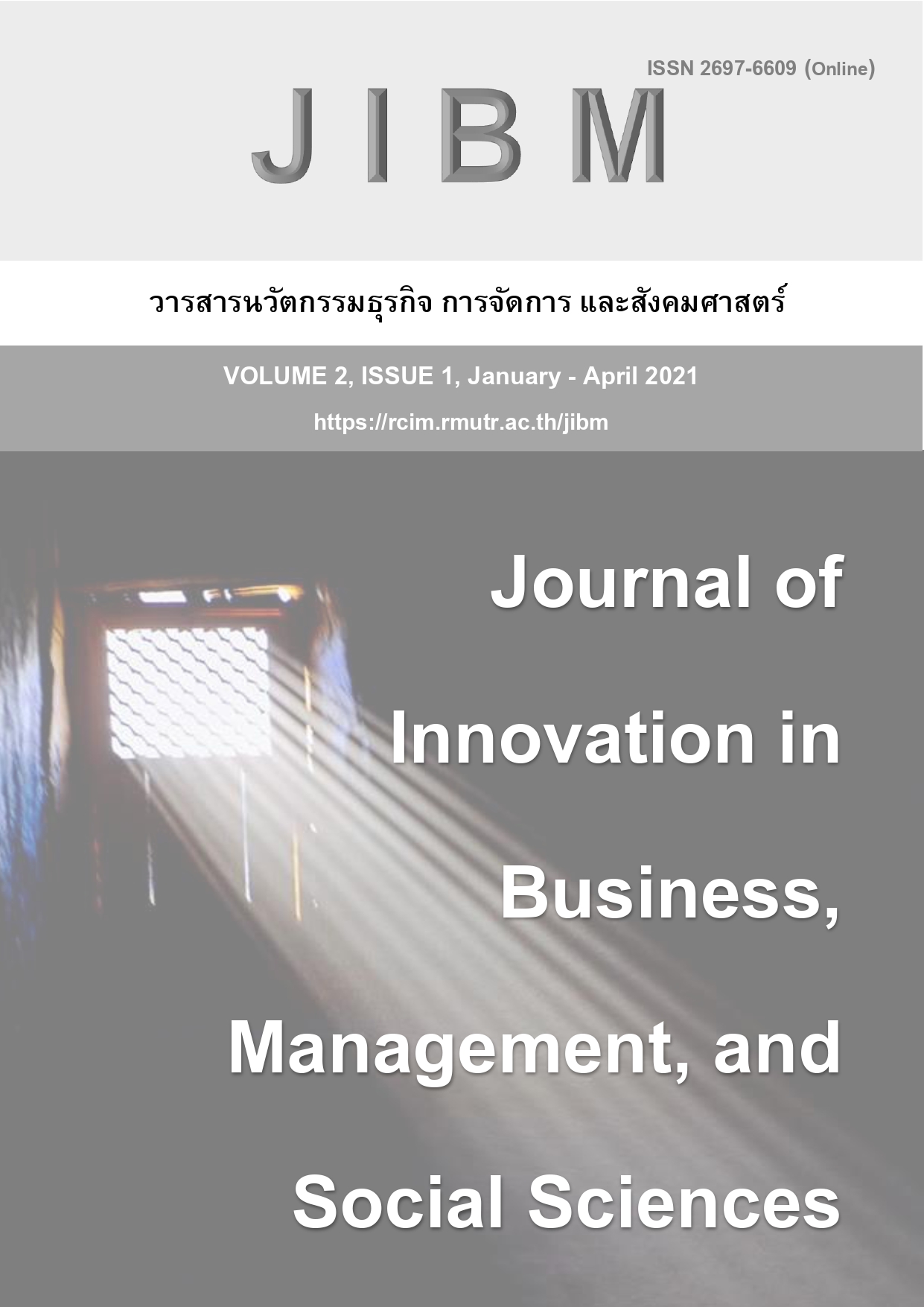ปัจจัยที่ส่งผลต่อความถี่ของการซื้อสินค้าเข้าบ้านจากซุปเปอร์มาร์เก็ตและซุปเปอร์เซ็นเตอร์ของครัวเรือนในกรุงเทพมหานคร
Keywords:
Shopping, behavior, supermarketAbstract
Qualitative and quantitative researches were used to study factors influencing consumer frequency of grocery shopping in Bangkok. 469 samples were selected, all Bangkok Metropolitan Area (BMA) residents who were the primary shoppers of their families. Economic order quantity (EOQ) and generation were taken into accounts, as well as ordered probit analysis.
Results were that travel cost, represented by travel time and employment status; inventory holding cost show as generation and education; consumption needs defined by household income, household size, number of children and teenagers; attitudes toward grocery shopping and cooking; and behavior, such as frequency of home cooking, frequency of eating ready meals and frequency of online grocery shopping were influential. These findings are major factors in determining decision on frequency of grocery shopping at the statistical significance.
References
Marketing Letters, 10(2), p 149-160.
Blaylock, J.R. (1989). An economic model of grocery shopping frequency. Applied
Economics, 21(6), p 843-852.
Clifton, K., Muhs, D., Morrissey, T.,& Currans., M. (2014). Consumer behavior and travel
mode: An exploration of restaurant, drinking establishment, and convenience store patrons. International journal of sustainable transportation, 10(3), p 260-270.
Gorton, M., Sauer, J. and P. Supatpongku. (2009). Wet markets, supermarkets and the
“big middle” for food retailing in developing countries: evidence from Thailand. World Development 39, p 1624-1637.
Jiao, J., Vernez, A., & Drewnowski, A. (2016). Does urban form grocery shopping
frequency? A study from Seattle, Washington, USA. International Journal of Retail & Distribution Management 44(9), p 903-922.
Meneely, L., Strugnell, C., Burns, A., (2009). Elderly consumers and their food
store experiences. Journal of Retailing and Consumer Services, 16(6), p 458-465.
Nambiar, P.M., W.J. Florkowski, M. S. Chinnan , and A.V.A Ressurreccion. (2015). Shopping
outlet choice and frequency in urban areas of the republic of Ugenda. Paper
presented at yhe Southern Agricultural Economics Association (SAEA) Annua
meeting, Alanta, Gorgia, January 31-February 3, 2015.
Yoo, S., Baranowski, T., Missaghian M., Baranowski, J., Cullen, KW., Fisher, JO., Watson, K.,
Zakeri, I., Nicklas, T. (2005). Food-purchasing patterns for home: a grocery store-
intercept survey. Public health nutrition, 9(3), p 384-393.


